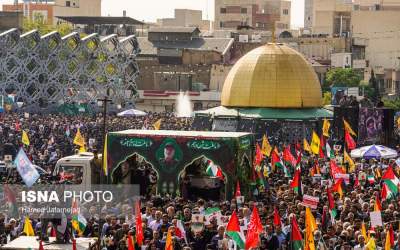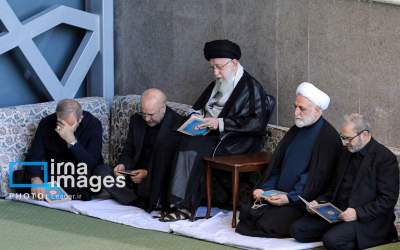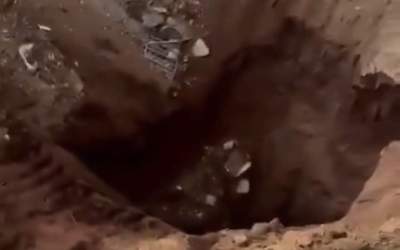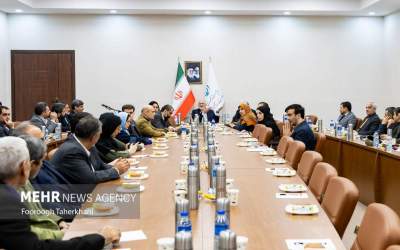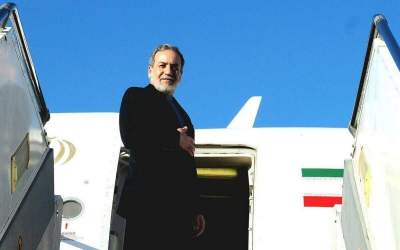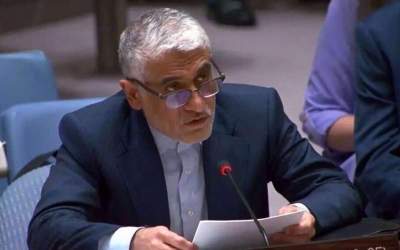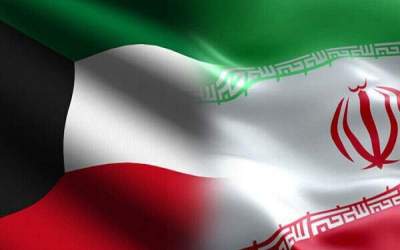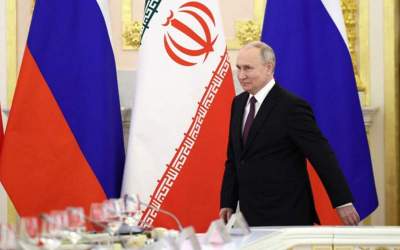Monday 21 August 2017 - 16:00
Story Code : 273140
Operation Awamiyah: Relocation of tens of thousands of the Shia population far away from the Saudi oil fields
The�BBC World�report shown on Wednesday, August 16, seemed to have�come from Syria, with al-Zara, the ancient Shia capital of the Persian�province of Bahrain and the rest the town of Awamiyah showing a level�of devastation resembling that in Syria or to the Kurdish cities�destroyed recently by Erdogan Ottoman�s Janissarris.
Block by block destruction of the Old City with no visible signs of�the Shia people who once lived here for millennia with almost 500�buildings destroyed and over 20,000 driven from their homes by Saudi�airstrikes, artillery and mortar fire.
The�BBC�crew was only allowed there in armored vehicles, filming�through bullet proof windows while traveling as a part of an armored�convoy. The one time they were allowed to stop and step outside the�battlewagons they were riding, firing could be heard and they were�quickly ordered to return to their vehicles so they could escape.
This short view of an almost unknown urban war in the midst of the�Saudi oilfields, with 2 million barrels a day being pumped via Awamiyah�alone (20% of total Saudi exports) with the House of Saud, after�Russia, being the 2nd largest oil exporter worldwide, should be�sending shivers down the spines of those occupying the seats of power�both east and west.
How long the Shia rebellion in eastern Saudi Arabia, home to almost�all Saudi oil reserves, will be able to maintain an armed resistance�to the Saudi military assault is the 10 million barrel a day question.
The excuse given by the House of Saud royal family mouthpieces is they�were driving the Shia from their ancient homeland for �urban renewal��purposes. Never mind the �renewing� would destroy world heritage sites�such as the ancient town of al-Zara, capital of the Shia, Persian�province of Bahrain for millennia past and sacred to the Shia�population and in the process �relocate� the Shia population as far a�possible from the Saudi oil fields.
Wahhabi is as Wahhabi does with the crimes committed in the name of�Sunni Islam in Yemen now being carried out next door to their cousins,�the Saudi Shia. Only�the silence of the media lambs internationally�alongside the UN, allows this to go unnoticed, for a double standard�has long existed when it comes to condemning the crimes of the House�of Saud. After the latest round of beheadings of Shia leaders protests�turned to gunfire in Awamiyah and the fires of armed revolution have�been lit for the first time of Saudi Arabia.
The Shia of eastern Saudi Arabia are cousins to their rather�unorthodox Houthi neighbors in Yemen with a long history of�intermarriage and commerce. The flood of small arms that has plagued�Yemen for decades past have over the years made its way into the hands�of the Shia population in the midst of the House of Saud�s oil fields.�While many waited in vain for the armed struggle to break out in�Bahrain, instead it exploded in the cultural heartland of this once�Persian province and in a much more strategically critical location,�in Awamiyah and ancient al-Zara.
While still early, for almost 4 months now the armed resistance in�Awamiyah appears to have fought the Saudi army into a stalemate,�surviving heavy air and artillery bombardment, with shots still�ringing whenever the armed might of the House of Saud ventures within�range of their small arms. If this very first armed uprising is able�to maintain their determination to see an end to their oppression by�their Wahhabi occupiers similar to the relentless fight being waged by
the mainly Houthi based resistance in Yemen then all hell could break�lose.
Losing control of their oil fields would inevitably bring down the�Royal House of Saud, in power since their installation by the British�after WWI.
If this armed uprising survives the Saudi Army onslaught and can�spread to villages and towns throughout Shia eastern Saudi Arabia and�the over 3 million strong Shia people take up arms against the regime�similar to their cousins in Yemen those shivers running down the�spines of the lords of power east and west could quickly grow to be�migraine headaches as a major portion of the worlds oil supplies could�be threatened if not cut off.
# Tags
prev
next
Latest News
Most viewed
